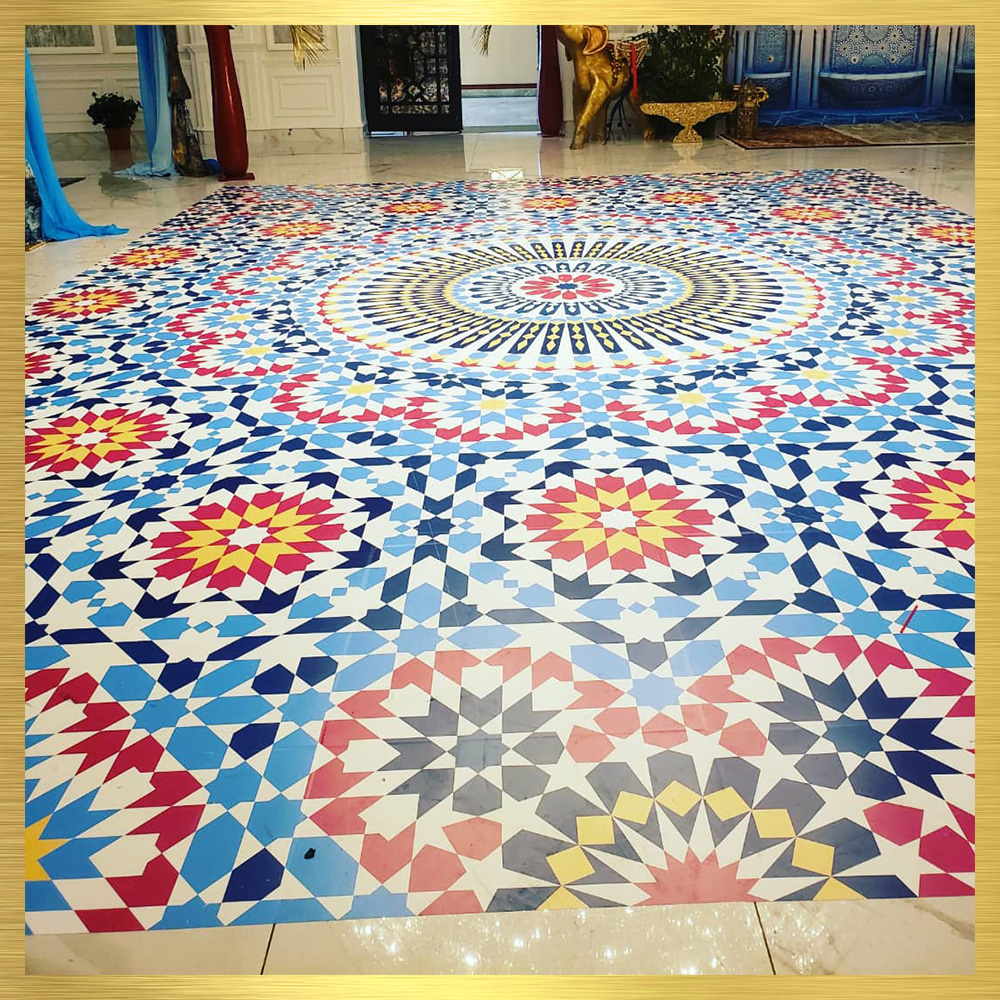Frequently Asked Questions
When it comes to maintaining the pristine condition of wooden dance floors, selecting the right cleaning products is essential for preserving their finish and ensuring safety during performances. Professional-grade pH-neutral cleaners specifically formulated for hardwood surfaces are highly recommended, as they effectively remove dirt, grime, and scuff marks without damaging the wood's protective seal. Additionally, using a microfiber mop can enhance the cleaning process by trapping dust and debris without scratching the surface. For periodic deep cleaning, a specialized wood floor polish can rejuvenate the finish, providing a slip-resistant surface that enhances traction for dancers. It is also advisable to avoid harsh chemicals, ammonia-based cleaners, or excessive water, as these can lead to warping or dulling of the wood. Regular maintenance with appropriate cleaning solutions not only prolongs the life of the dance floor but also ensures a safe and aesthetically pleasing environment for all users.
Deep cleaning a vinyl dance floor should typically occur every 4 to 6 weeks, depending on the frequency of use and the level of foot traffic it endures. Regular maintenance, including sweeping and mopping with a pH-neutral cleaner, is essential to prevent the buildup of dirt, grime, and scuff marks that can compromise the floor's integrity and appearance. In high-traffic environments, such as dance studios or event venues, a more rigorous cleaning schedule may be necessary, incorporating specialized vinyl floor cleaners and periodic stripping and refinishing to restore the floor's shine and protect its surface. Additionally, addressing spills and stains promptly can help maintain the floor's aesthetic and prolong its lifespan, ensuring that the vinyl remains resilient and visually appealing for dancers and patrons alike.
To effectively remove scuff marks from a dance floor, particularly those made of hardwood or vinyl, one recommended method involves utilizing a specialized floor cleaner designed for resilient surfaces. First, the area should be swept or vacuumed to eliminate any loose debris that could cause further scratching during the cleaning process. Next, a mixture of warm water and a pH-neutral cleaner can be applied using a microfiber mop, which is gentle yet effective in lifting dirt and grime without damaging the finish. For stubborn scuff marks, a soft cloth or sponge can be dampened with the cleaning solution and gently rubbed over the affected area, ensuring not to saturate the floor. In cases where the marks persist, a dedicated scuff mark remover or a mixture of baking soda and water can be used as a mild abrasive, followed by a thorough rinse with clean water to prevent residue buildup. Finally, allowing the floor to air dry completely will help maintain its sheen and prevent slips, ensuring the dance floor remains safe and visually appealing for all users.
To prevent slips and falls on a polished dance floor, it is essential to implement a comprehensive safety strategy that includes regular maintenance and the use of appropriate footwear. Ensuring that the dance floor is cleaned with non-slip solutions can significantly reduce the risk of accidents caused by dust, moisture, or residue that may create a slick surface. Additionally, utilizing floor mats or anti-slip strips in high-traffic areas can provide extra traction. Dancers should be encouraged to wear shoes with proper grip and support, avoiding smooth-soled footwear that can exacerbate slipping hazards. Furthermore, maintaining optimal humidity and temperature levels in the dance studio can help preserve the integrity of the floor finish, while also promoting a safer environment. Regular inspections for any signs of wear or damage, along with prompt repairs, will contribute to a safer dancing experience, minimizing the likelihood of injuries associated with slips and falls.
To ensure the longevity and optimal performance of outdoor dance floors, several essential maintenance steps should be implemented regularly. First, routine cleaning is crucial; this involves sweeping away debris, leaves, and dirt to prevent surface damage and maintain traction. Additionally, periodic deep cleaning with appropriate non-abrasive cleaners can help remove stains and preserve the aesthetic appeal of the flooring material, whether it be wood, vinyl, or composite. Inspecting for signs of wear, such as cracks, warping, or fading, is vital, as timely repairs can prevent further deterioration. Furthermore, applying a protective sealant or finish can enhance weather resistance and UV protection, safeguarding the dance floor from moisture and sun exposure. Finally, ensuring proper drainage around the dance floor area will mitigate water accumulation, reducing the risk of mold and mildew growth, which can compromise both safety and structural integrity. Regular maintenance not only enhances the dance floor's appearance but also ensures a safe and enjoyable experience for all users.

